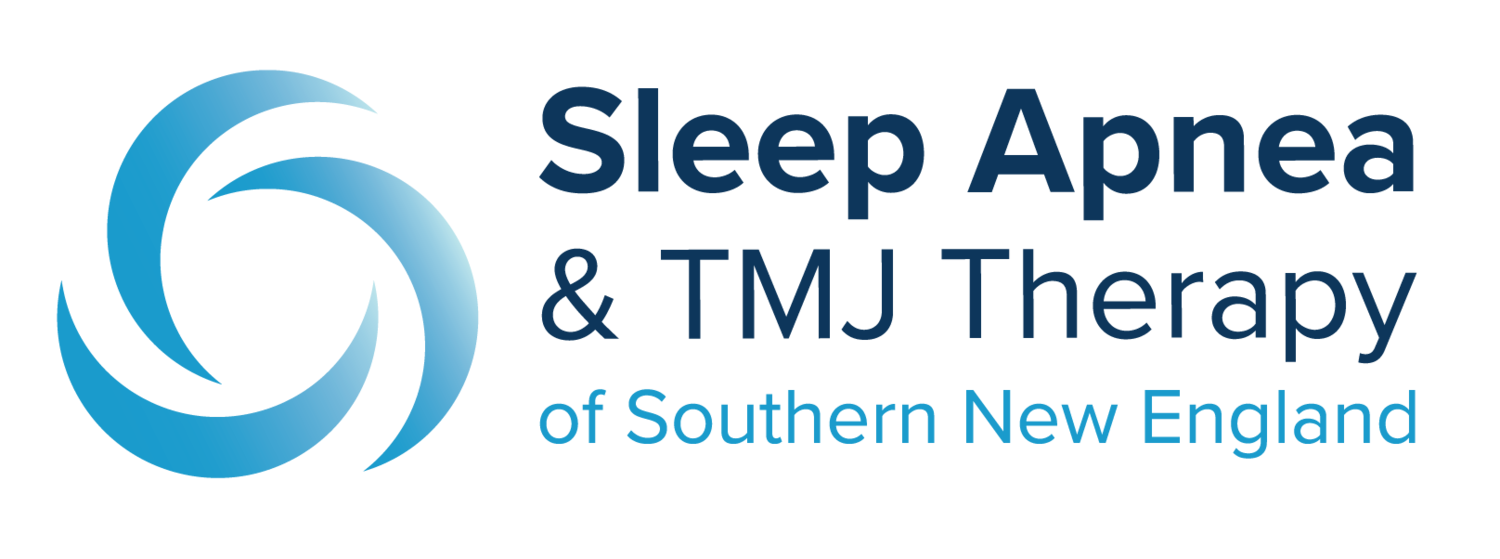Side effects or complications with mandibular advancement devices (MAD)
As with any medical treatment, there are possible complications or side effects to wearing MADs. Considering the well-documented health risks of leaving OSA untreated, most of the side effects are minor in comparison. The three primary possible side effects of these dental devices are tooth discomfort, TMJ or muscular discomfort, and tooth movement or bite changes. Although other minor complications are possible, like salivation changes, these three issues encompass most of the concerns with these devices.
Tooth Discomfort
Tooth discomfort is the most likely complication of MADs, but is also the least concerning. These devices can put pressure on the teeth and may cause temporary soreness. If this does occur it can often be easily alleviated by adjustment of the dental device. Research suggests that there is no evidence of long term tooth discomfort with properly fitted MADs.
TMJ and muscle discomfort
The majority of MADs work by moving the lower jaw forward to open the throat and the airway. Due to altering the position of the jaw, there is a risk for TMJ and muscle discomfort. The dental devices used by Dr. Semco are adjustable, so each device can be adjusted gradually to help achieve mandibular advancement with minimal discomfort. Long term muscle discomfort is rare. Short term discomfort is usually treated by adjusting the dental device to a more comfortable setting. On rare occasions the dental device can continue to cause muscle soreness, and in this case discontinuing use of the device will stop the muscle discomfort. Certain patients with existing TMJ problems may not to be able wear MADs, while other patients with certain TMJ problems may actually improve their jaw problems by wearing a MAD.
Tooth Movement and Bite Changes
The majority of MADs work by moving the lower jaw forward to open to keep the airway open during sleep. In order to maintain the forward position of the jaw, force must be exerted the teeth and the jaw itself while wearing the dental device. These forces can cause teeth to move slightly, or the force can cause the jaw to be repositioned, which can temporarily change your bite. There are recommended jaw exercises that can be used for a few minutes each morning after wearing the device that will help reset the bite. These exercises only take a few moments and will greatly reduce the likelihood of permanent bite changes.

